Behind the Scenes: The Perfect Cut
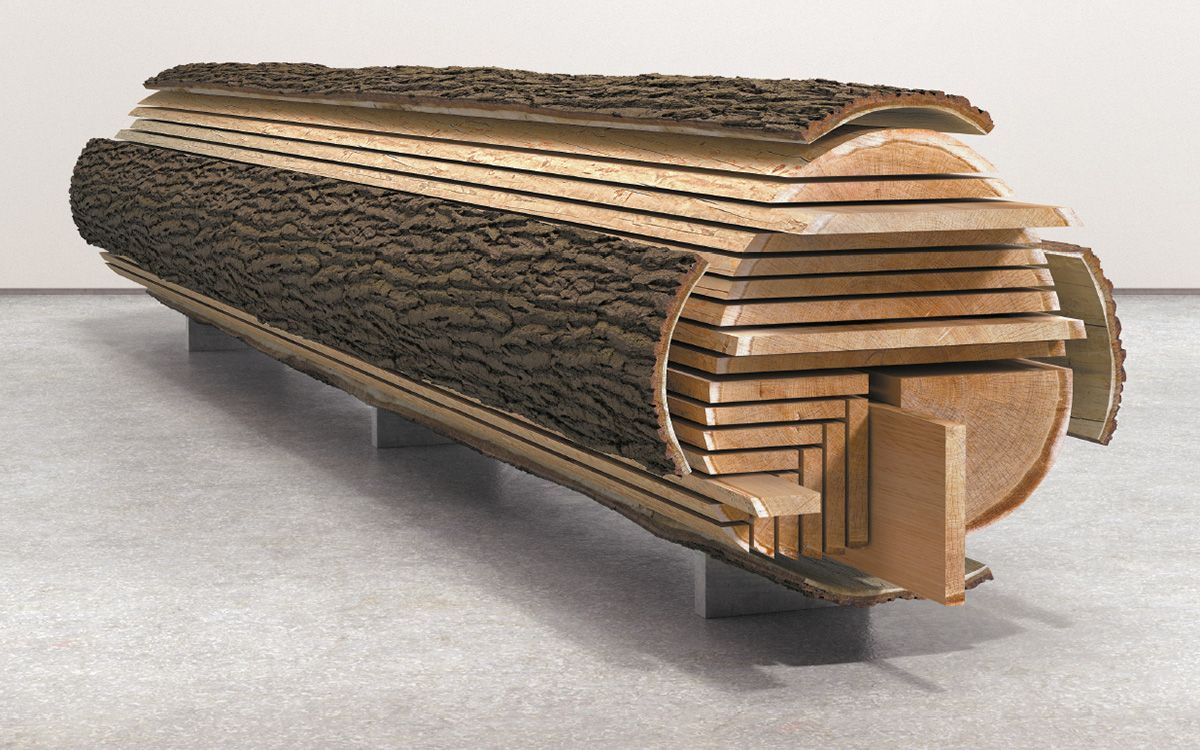
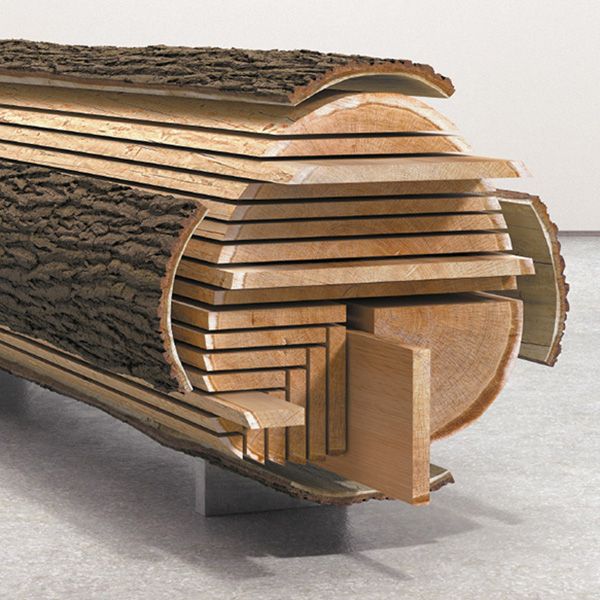
Six is the magic number
Whether we are handpicking beautiful solid heart-cuts of oak or live sawn walnut top layers, we always look for the lower part. The first six metres (18 ft) of the tree shows fewer ingrown branches, which means fewer knots. For exceptionally long boards, we seek those rare trees that are both taller and wider and have branched out higher in the tree’s early life.
Wood personalities
The first step in the selection process is deciding which type of wood offers the best fit. Each wood species has its own personality. It pays to explore the diverse qualities of our newly sawn hardwoods: Continental Oak, American White Oak, American Walnut, True Bog Oak, Continental and American Ash, American Maple, Douglas Fir, Hickory, American Cherry, or maybe a variety featured in our carefully reclaimed Antique woods.
The importance of the right cut
Once the type of wood is chosen, it’s time to think about the aptest ‘grading’. Inside that beautiful old tree trunk, a myriad of patterns co-exists. How and where we cut the tree directly resonates with the desired character of a floor. Maybe a more uniform and clearer growth structure brings out the best of the spatial qualities. Or possibly it’s a floor with a beautiful rustic growth character that defines the room.
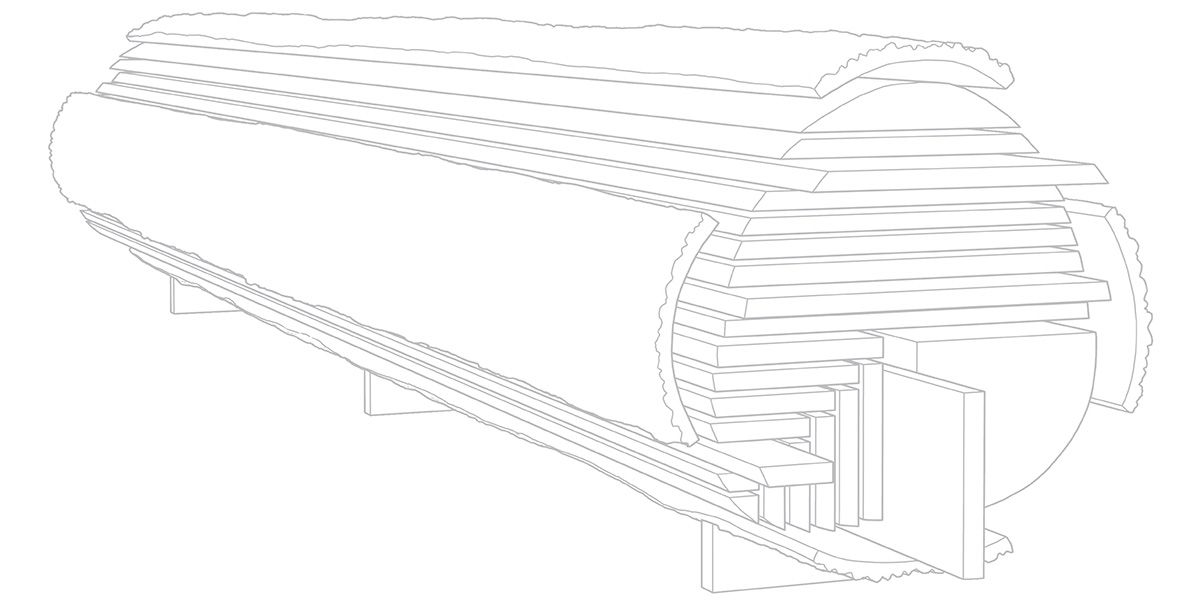
Cant cut
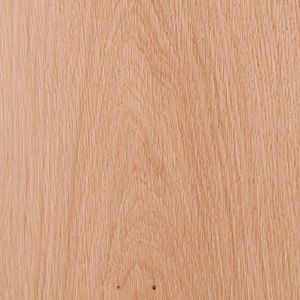
Plain or live-sawn
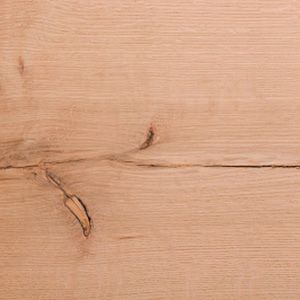
Heart and sheer-core cuts
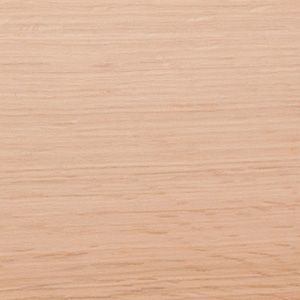
Quarter-sawn
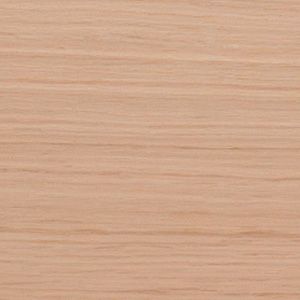
Rift-sawn
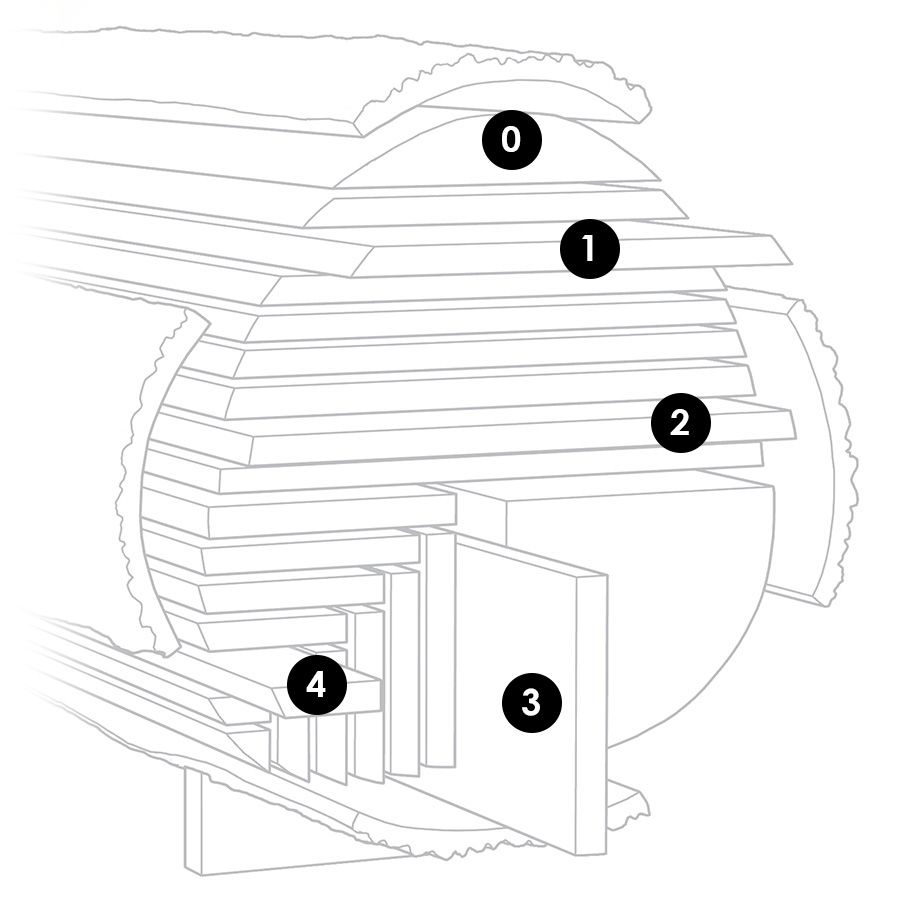
0 - Cant cut

1 - Plain or live-sawn

2 - Heart and sheer-core cuts

3 - Quarter-sawn
